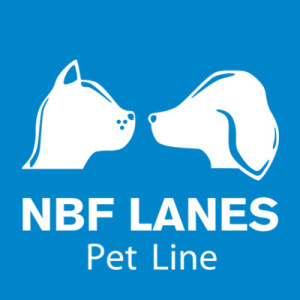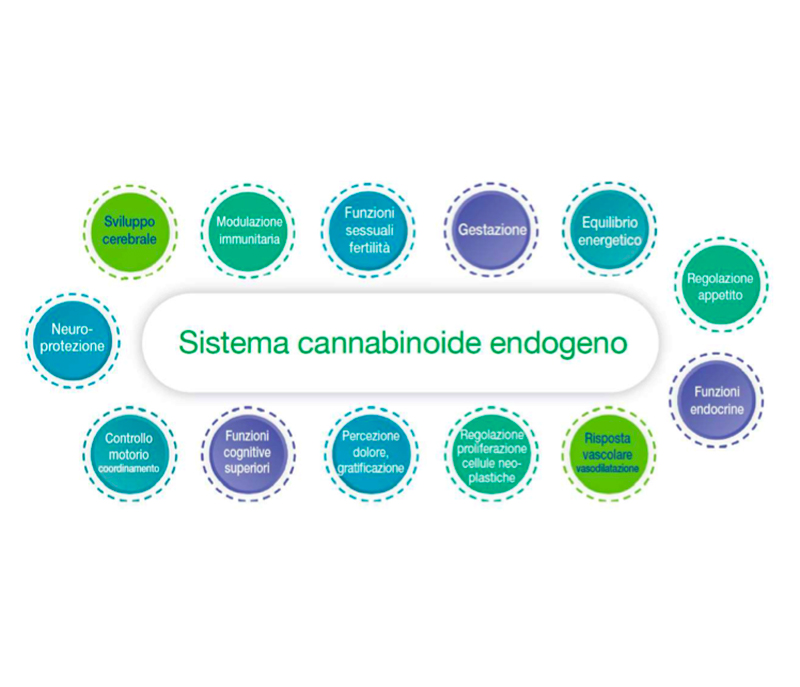Grazie all’articolo di seguito, viene offerta una panoramica dettagliata sui meccanismi di interazione fra microbiota e una determinata classe di patologie epatiche. Lo studio prende in considerazione concetti e patologie che possono avere validità anche in veterinaria.
Gut-liver axis: The impact of gut microbiota on non alcoholic fatty liver disease
- Compare a, P. Coccoli a, A. Rocco a, O.M. Nardone a, S. De Maria b, M. Carten`ı b, G. Nardone a,
* a Department of Clinical and Experimental Medicine, Gastroenterology Unit, Federico II University of Naples, Via S. Pansini 5, 80131 Naples, Italy
*b Department of Experimental Medicine, Federico II University of Naples, Italy
Received 19 November 2011; received in revised form 14 February 2012; accepted 18 February 2012
Abstract:
Aim: To examine the impact of gut microbiota on non alcoholic fatty liver disease (NAFLD) pathogenesis. Data synthesis: Emerging evidence suggests a strong interaction between gut microbiota and liver. Receiving approximately 70% of its blood supply from the intestine, the liver represents the first line of defence against gut-derived antigens. Intestinal bacteria play a key role in the maintenance of guteliver axis health. Disturbances in the homeostasis between bacteria- and host-derived signals at the epithelial level lead to a break in intestinal barrier function and may foster “bacterial translocation”, defined as the migration of bacteria or bacterial products from the intestinal lumen to mesenteric lymph nodes or other extraintestinal organs and sites. While the full repertoire of gut-derived microbial products that reach the liver in health and disease has yet to be explored, the levels of bacterial lipopolysaccharide, a component of the outer membrane of Gram-negative bacteria, are increased in the portal and/or systemic circulation in several types of chronic liver diseases. Derangement of the gut flora, particularly small intestinal bacterial overgrowth, occurs in a large percentage (20e75%) of patients with chronic liver disease. In addition, evidence implicating the guteliver axis in the pathogenesis of metabolic liver disorders has accumulated over the past ten years.
Conclusions: Complex metabolic diseases are the product of multiple perturbations under the influence of triggering factors such as gut microbiota and diet, thus, modulation of the gut mi- crobiota may represent a new way to treat or prevent NAFLD.







